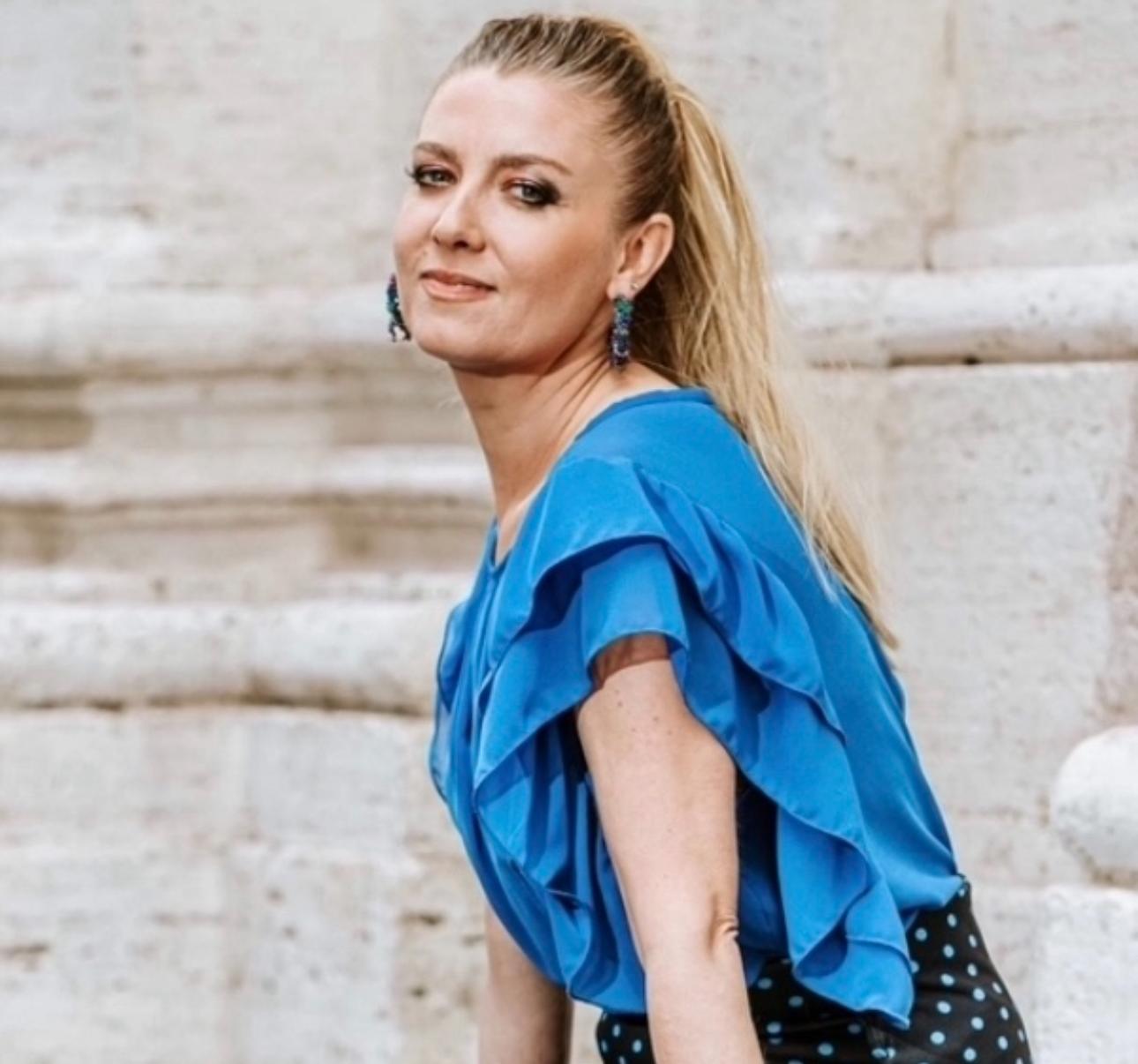In the hilltop town of Castel Sant’Elia, north of Rome, the Feast of Saint Michael the Archangel is celebrated in an extraordinary manner. At the heart of the celebration is the small church dedicated to him, part of the Sanctuary of Our Lady “ad Rupes.”
Fr. Jaroslaw Lechocinski, CSMA, at the Sanctuary of Our Lady “ad Rupes,” in Castel Sant’Elia, explains the preparations for the Feast, “As every year, we [hold] a novena in honor of our patron saint from September 20th to 28th, culminating in the main celebration on September 29th. We celebrate with the faithful of our town, but also with many people from surrounding areas.”
Devotion to Saint Michael here goes back to the 5th–6th century, tied to a vision of Saint Anastasius and the enduring Marian cult at this sanctuary.
Fr. Jaroslaw explains, “During this period, the Mother of God made her presence felt very strongly here, but it was also here in Castel Sant'Elia that Saint Anastasius had a vision of Saint Michael the Archangel. Right here.”
To commemorate the vision, a small church dedicated to Saint Michael was built on the site. This church forms part of the larger sanctuary of Our Lady ad Rupes (“Our Lady of the Rock”), whose image has been venerated in a cave shrine beneath the sanctuary for more than 1,500 years—a sacred space reached by a steep stone staircase.
Fr. Stanisław Żurad is the Rector of the Pontifical Sanctuary of Our Lady “ad Rupes." He adds, “According to tradition and faith, wherever the Mother of God finds her place, Saint Michael the Archangel is also nearby, defending that spot.”
A powerful testament to this faith is the enduring devotion to Saint Michael in the town’s beautiful 11th-century Basilica of Saint Elias, situated just below the sanctuary.
Fr. Stanisław explains, “Inside, we have frescoes on the walls, which depict the revelation of the Holy Archangel from the early 6th century. In these frescoes, Saint Michael appears to the town’s patron saints, Anastasius and Eusebius, pointing his finger toward the sky and calling out: “Anastasio, veni”—an invitation to live a life worthy of eternal reward.”
From Castel Sant’Elia, devotion to Saint Michael reaches all the way to Rome.
It’s no coincidence that Saint Michael watches over us from the top of Castel Sant’Angelo, keeping vigil and protecting the people of the Eternal City.
As leader of the heavenly armies, Saint Michael is depicted with a sword and revered as defender of the faithful and of sacred places. His Hebrew name means ‘Who is like God?’—a reminder of God’s greatness and Michael’s humble service.
Gianluca Dodero is the Social Communicator of the Association Anima di Roma. He explains the Roman connection:
“In 590, an incredible event took place right here on this bridge. Rome was experiencing a devastating plague that had come from Egypt and claimed an illustrious victim, the Pope himself, Pelagius II. The new Pope...Gregory the Great decided to organize a litany of prayers He took the icon of the Salus Populi Romani, which is the icon of the salvation of the Roman people. At that moment, Pope Gregory the Great noticed St. Michael at the top of the castle cleaning his sword and sheathing it, which means that the plague was over."
In his honor, the fortress was renamed Castel Sant’Angelo, with a statue of Michael sheathing his sword placed on top. Since then, he has been venerated as Rome’s protector, especially in times of crisis.
That protection extends into the life of the Vatican today. Saint Michael is the patron of the Gendarmerie, guardian of the Pope and the Vatican. His statue in the Vatican Gardens is a reminder of vigilance, courage, and faith.
SIGN UP FOR OUR NEWSLETTER HERE
Adapted by Jacob Stein
Produced by Magdalena Wolinska-Riedi; Camera by Sergio Natoli; Video edited by Ilaria Chimenti; Special thanks & Credits to Sanctuary of Our Lady “ad Rupes”, Castel Sant’Elia

Born in Warsaw, Poland, in 1979, she is a linguist, translator, producer, writer, journalist, and a long-time foreign correspondent for Polish National Television TVP in Rome and the Vatican. She holds a master's degree from the University of Warsaw, doctoral studies from the Gregorian University in Rome, and post-master studies from the Diplomatic Academy in Warsaw. For 10 years, she was a translator for the Tribunal of the Roman Rota and the Apostolic Signature in the Vatican. She has produced over 20 documentaries about the Vatican and the papacy and authored four bestsellers about the Vatican and Rome. As the wife of a Pontifical Swiss Guard member, she lived for over 16 years in Vatican City, a neighbor to the last three popes. She is the mother of two teenage daughters and has been the EWTN Vatican correspondent in Rome since May 2024.







